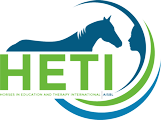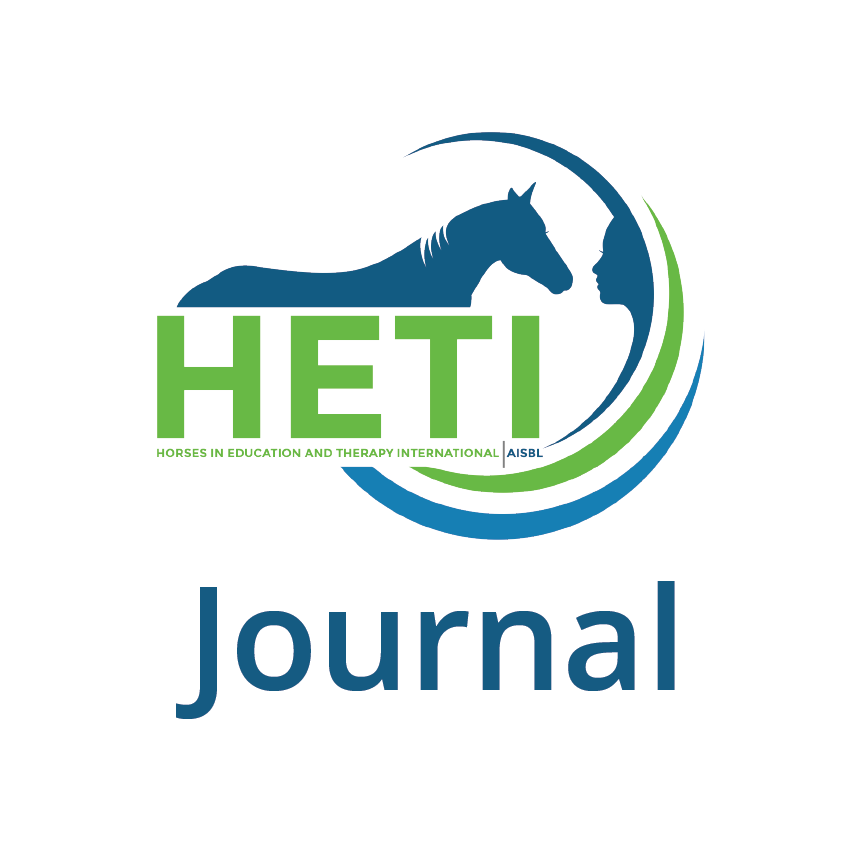Basic, Yet Overlooked factors Influencing Posture in Horseback-Riding Therapy, Hippotherapy with Babies and Toddlers 2005
€5.00
| Author | Karol Hornacek |
|---|---|
| Year | 2004 |
Influencing posture plays a vital role in Horseback-Riding Therapy (Hippotherapy, 'HT'). Posture both reflects and influences the condition of the entire human body. By posture, we mean all human motor skills whose aim it is to maintain balance (Guth, et aI, 2004). Often, when discussing the characteristics of posture, various explanations of Sherrington 's (1906), respectively Magnus' (1916), statement that 'Posture follows movement like a shadow' are given. Ifwe assume that posture is at the beginning and end of every movement, and is a part and foundational condition of them, then the achievement of standing correctly with perfect posture is considered to be the primary function of the muscular system and, indirectly, of other systems of the human body, as well.
Today, most diagnoses of problems related posture are based on the concept of 'perfect standing posture'. While this approach gets results in practice, it cannot be considered the only or best method of dealing with the problem. On the contrary, 'perfect standing posture', cannot even be singularly defined. No reliable or definitive definition exists. For that reason, the best approach in dealing with posture disorders in clinical medicine is one based on postural ontogenesis, particularly in regards to individual factors relating to postural activity and re-activity.

